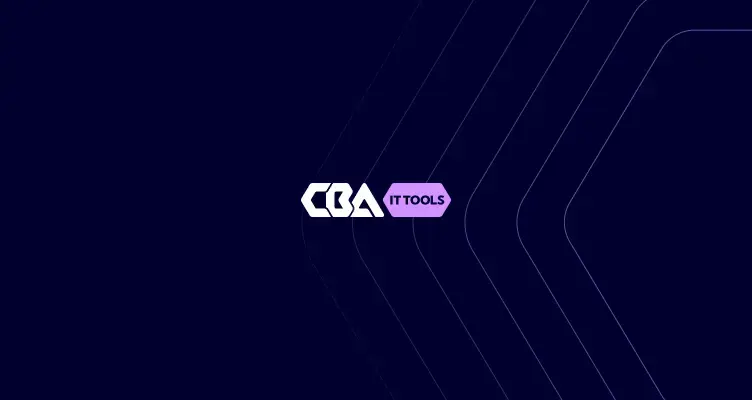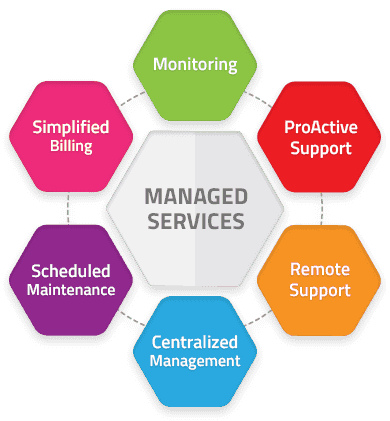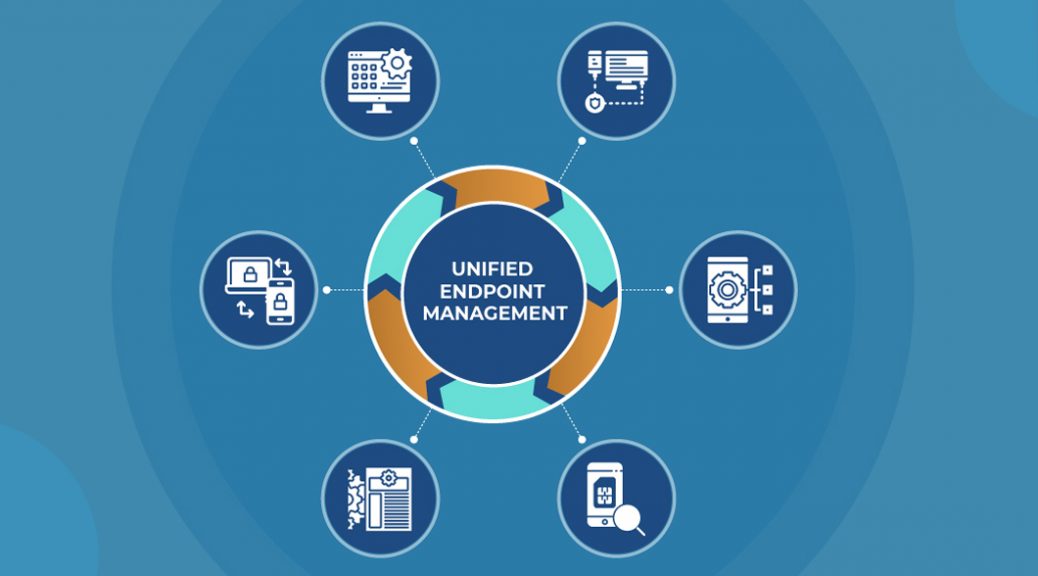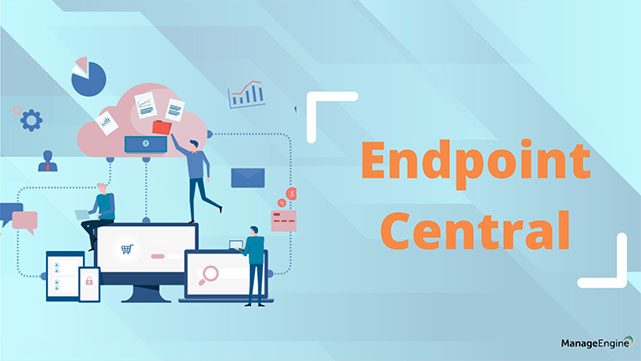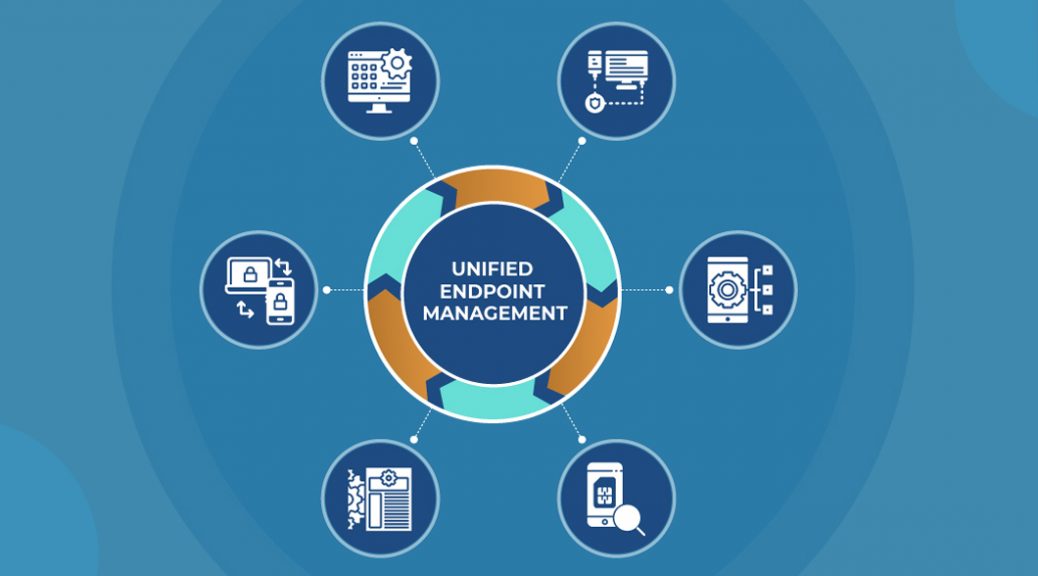Endpoint Central vs Microsoft Intune: Comprehensive IT Management Comparison
Managing and securing endpoints is a critical challenge for modern IT teams. Two widely used solutions are ManageEngine Endpoint Central and Microsoft Intune. Both tools offer strong capabilities but differ in focus, functionality, and ease of use. In this battlecard, we compare the key points side by side, so you can quickly see which solution best fits your organization’s needs.
Endpoint Central VS Microsoft INTUNE in short
|
Category |
Endpoint Central (EC) |
Intune |
|
Desktop Management |
Extensive, immediately available |
Limited, often via add-ons |
|
Software Distribution |
MSI/EXE/scripts + templates, self-service |
MSI/.appx, EXE cumbersome |
|
Patch Management |
Microsoft + 3rd party (850+) |
Microsoft-focused, limited 3rd party |
|
Remote Support |
Full (chat, file transfer, session recording, multi-monitor) |
Basic (no recording, limited multi-monitor) |
|
Asset Management |
Comprehensive (audit, metering, alerts) |
Basic |
|
Reporting |
Very extensive |
Less detailed |
|
Integrations |
Broad (ITSM, SIEM, MTD, Analytics) |
Strong within Microsoft ecosystem |
|
Security (DLP/AV) |
Built-in, anti-ransomware, privilege management |
Dependent on Defender/additional licenses |
|
MDM |
Comprehensive |
Comprehensive, strong Azure conditional access |
Explanation:
Desktop Management
Endpoint Central offers a very complete set of desktop management features, including USB and port management, drive mapping, printer management, and browser configuration. All these capabilities are available out-of-the-box without additional modules or integrations. Intune provides these features only partially or requires extra Microsoft components or licenses. As a result, Intune often feels like a basic solution that needs extension, while Endpoint Central offers much richer functionality immediately.
Software Distribution
Endpoint Central clearly leads in software distribution. It natively supports MSI, EXE, and script files and provides thousands of prebuilt software templates. There’s also a self-service portal allowing end users to install approved applications themselves. Intune is more limited: while it supports MSI and .appx files, deploying .exe files requires a cumbersome conversion to the .intunewin format, often using additional tools. Endpoint Central is therefore far more flexible and efficient in software management.
Patch Management
Patch management is one of Endpoint Central’s strongest areas. It supports Microsoft updates as well as patches for over 850 third-party applications, including popular software like Java and Adobe. Advanced features like zero-day vulnerability detection, severity-based patching, and extensive automation are also included. Intune focuses primarily on Microsoft updates. Third-party support is limited and often requires additional integrations. For organizations that need to secure a broad software ecosystem, Endpoint Central offers significantly more options.
Remote Support
Endpoint Central includes comprehensive remote support functionality. IT administrators can record sessions, transfer files, chat with users, manage multi-monitor environments, and run multiple sessions simultaneously. Intune provides remote management but is limited to basic functionality, lacking session recording and advanced multi-monitor support. For service desks that need to resolve issues quickly and efficiently, Endpoint Central is a much more complete solution.
Asset Management
Endpoint Central gives organizations deep insight into hardware and software assets. Features include software metering, automatic alerts for changes, and reports on unauthorized or unwanted software. Intune provides only basic asset management, lacking the depth Endpoint Central offers. This makes Endpoint Central more suitable for organizations that want full control over their IT landscape.
Reporting
Endpoint Central delivers a wide range of reports, including Active Directory reports, logon reports, USB usage, and detailed configuration and asset reports. These help IT teams with compliance and security audits. Intune provides reporting as well, but it’s less detailed and flexible. Insights from Endpoint Central are often richer and immediately actionable.
Integrations
While Intune relies entirely on the Microsoft ecosystem, Endpoint Central offers a broad range of integrations. The platform connects with ITSM tools like ServiceNow and Jira, SIEM solutions like Splunk and Log360, and various analytics and threat detection tools. This makes it easier to integrate Endpoint Central into an IT environment that extends beyond Microsoft technologies. Intune, by contrast, is attractive for organizations fully invested in Azure and Microsoft 365 due to seamless integration.
Security & DLP
Endpoint Central includes built-in anti-ransomware protection, endpoint privilege management, and DLP policies. Endpoints are proactively protected without additional products. Intune relies largely on Microsoft Defender and additional licenses for these functionalities. While powerful in a Microsoft-first strategy, coverage depends on extra licenses and modules.
Mobile Device Management (MDM)
Both solutions are strong in MDM. Endpoint Central and Intune support DEP, Android for Work, conditional access, geofencing, and detailed restriction profiles. Intune benefits from tight integration with Azure conditional access, while Endpoint Central offers a broader range of configuration and reporting options. For organizations running a purely Microsoft environment, Intune often fits better, but Endpoint Central provides more flexibility for multi-platform setups.

Sign up for our newsletter
Stay updated with our latest products and offers by subscribing to our newsletter

Sign up for our newsletter
Stay updated with our latest products and offers by subscribing to our newsletter

